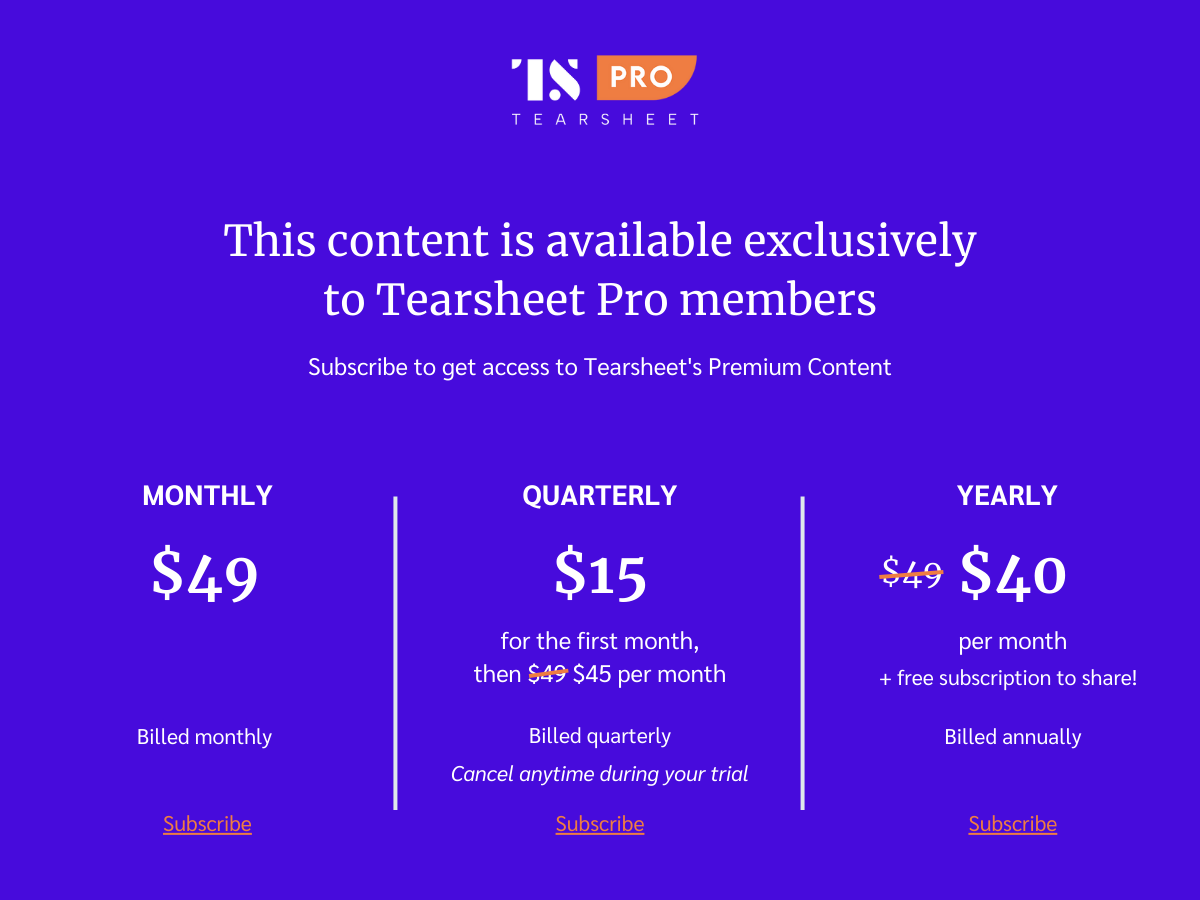How Discover is tapping into niche consumer segments as a pathway for growth
- In recent years, Discover has leveraged a key growth strategy that focuses on engaging niche consumer segments and enhancing customer loyalty, among other initiatives.
- The secret sauce of this approach can be seen in the firm's strategic moves: a concentrated focus on a niche yet widely recognized customer base carried out through a measured approach.

Can improving payment experiences lead to wider access to services and improved lifestyle choices?
Research suggests it can influence outcomes, either directly or indirectly. A recent report from the Financial Health Network found that 62% of low-income consumers who switched to digital payment platforms reported increased access to services like healthcare and transportation.
Another consumer segment that often faces payment acceptance challenges is the armed forces and their families living on military bases, which operate like close-knit small towns. This segment too deals with barriers like limited merchant access and fewer payment options.
Routine errands, such as going to grocery stores, schools, and restaurants, often involve transactions conducted with a MILITARY STAR card. This card is mainly accepted at military exchanges and commissaries, forming a closed-loop network tailored for shopping in those specific locations.
While it offers targeted benefits and discounts, the reliance on this limited payment method often constrains the number and diversity of merchants willing to operate on base. Many medium to large merchants often prefer to focus on a wider range of payment options that attract a broader customer base than investing in a location with relatively limited foot traffic and sales potential. In fact, more than half of merchants (53%) identify offering a diverse range of digital payment options as their leading strategy for enhancing conversions and driving revenue.
To address the limited acceptance of the MILITARY STAR credit card, the Army & Air Force Exchange Service (Exchange) has recently transitioned the card’s network to the Discover Global Network. This creates a significant opportunity for merchants on the Discover network to engage with a new niche market.
The penetration of a new consumer segment
Discover plans to roll out upgraded technology for the MILITARY STAR card in stages. The upgraded card will include EMV chip technology and allow for contactless payments, expanding payment options with tap-to-pay and mobile wallet features for a smoother user experience. Existing cardholder perks will stay in place.
The idea of enhancing access to retailers on military bases and embracing modern payment methods for service members and their families strongly resonates with Jason Hanson, President of Payment Services at Discover Financial Services.
“The main goal of our collaboration with the Army & Air Force Exchange Service (AAFES) is to allow for more on-installation merchants to accept the preferred card for those who have served our country,” said Hanson.
As a former US Army veteran who served five years and once held a MILITARY STAR card himself, Hanson brings a personal connection to this newly formed relation between the Exchange and Discover.
With almost six years in the payments industry after his military service, he understands the specific needs of military members and the payments landscape. In his current position, Hanson is responsible for Discover’s Payment Services segment and oversees Discover Global Network, PULSE, and Diners Club International.
The importance of focusing on niche consumer segment
In recent years, Discover has leveraged a key growth strategy that focuses on engaging niche consumer segments and enhancing customer loyalty, among other initiatives. The secret sauce of this approach can be seen in the firm’s strategic moves: a concentrated focus on a niche yet widely recognized customer base carried out through a measured approach.



